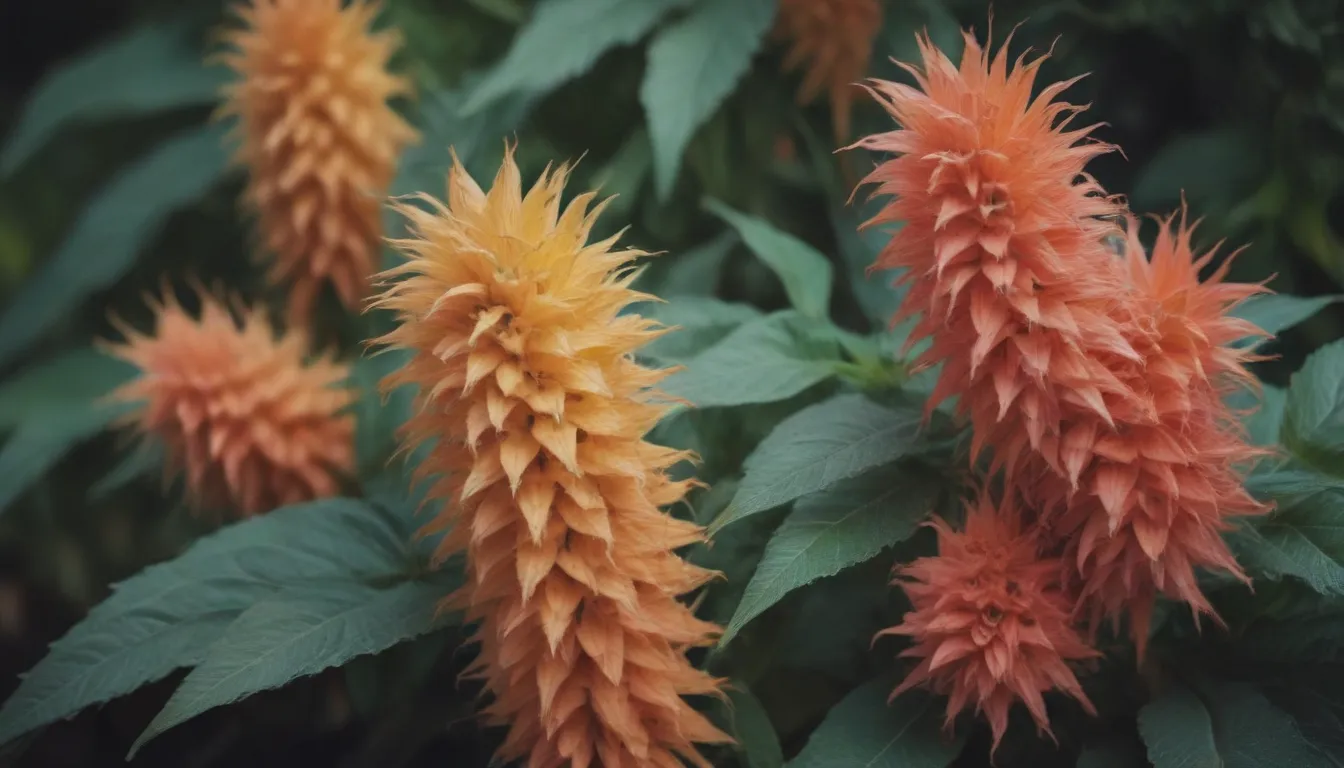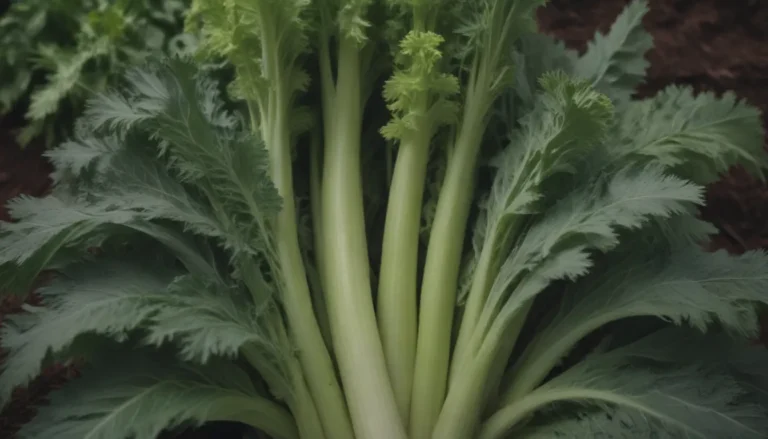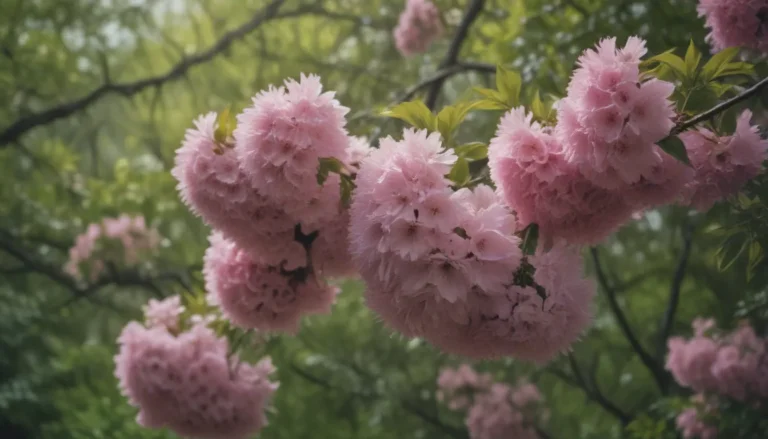The Ultimate Guide to Growing and Caring for Pineapple Sage

Are you looking to add a touch of freshness and aroma to your garden? Look no further than Pineapple Sage, also known asSalvia elegans. This vibrant plant offers a delightful blend of fruity scents and traditional sage, making it a popular choice for many gardeners. In this comprehensive guide, we will walk you through everything you need to know about growing and caring for Pineapple Sage to help you succeed in cultivating this beautiful herb.
Overview of Pineapple Sage
Pineapple Sage is a late-blooming, fast-growing shrub that belongs to the mint family, Lamiaceae. It is a warm-zone perennial, meaning it thrives in regions with mild temperatures. However, even in cooler climates, you can still enjoy this plant as an annual or by growing it indoors. The dark, bushy foliage of Pineapple Sage is not only aesthetically pleasing but also serves as a valuable addition to your herb garden. Both the leaves and flowers of Pineapple Sage are edible, making it a versatile choice for culinary enthusiasts. Additionally, the plant’s drooping scarlet flowers attract hummingbirds, adding a touch of wildlife to your garden.
Pineapple Sage Care Tips
To ensure the optimal growth and health of your Pineapple Sage plant, it is essential to provide the right care and conditions. Here are some key care tips to keep in mind:
- Light: Pineapple Sage thrives in full sun, so make sure to plant it in a spot that receives direct morning sun with some light afternoon shade for the best results.
- Soil: This plant is adaptable to various soil conditions, but it prefers fertile, well-draining soil rich in organic matter. Avoid planting Pineapple Sage in waterlogged soil to prevent root rot.
- Water: While Pineapple Sage has some drought tolerance, it is essential to maintain even moisture throughout the growing season to prevent leaf wilting and curling. Adjust your watering frequency based on your region’s weather and moisture levels.
- Temperature and Humidity: Pineapple Sage is sensitive to frost, so provide protection during cold spells. Mulching around the roots in the fall can help the plant survive winter temperatures. It can tolerate temperatures down to approximately 20 degrees Fahrenheit.
- Fertilizer: If planted in fertile soil, Pineapple Sage requires minimal feeding. Adding organic matter or compost in the spring should be sufficient to promote healthy growth.
Types of Pineapple Sage
There are several cultivars of Pineapple Sage that you can explore for added variety in your garden. Some popular cultivars include:
- *Salvia elegans ‘Honey Melon’
- Salvia elegans ‘Scarlet pineapple’
- Salvia elegans ‘Tangerine’*
Pruning and Propagating Pineapple Sage
To maintain a neat and compact appearance, consider pruning your Pineapple Sage plant by pinching young tips and removing older, woody branches. This practice encourages new growth and helps shape the plant. Propagating Pineapple Sage is typically done through tip cuttings or divisions. Make sure to select healthy shoots with foliage for the best results.
Growing Pineapple Sage from Seed
If you prefer starting from seed, it is best to grow Pineapple Sage indoors or in a greenhouse where you can control the temperature. Seeds germinate within two weeks, but it is advisable to wait until seedlings are at least 8 inches tall before transplanting outdoors. For colder climates, keeping the plant in a greenhouse for the first year can help it develop into a hardier specimen.
Common Pests and Blooming Tips
Pineapple Sage is known for its resistance to deer and minimal pest issues. However, aphids, mealybugs, and spider mites may occasionally target the plant, especially in greenhouse settings. To encourage blooming, provide ample sunlight, warm temperatures, and proper irrigation. Be cautious of extended periods of artificial light, as Pineapple Sage requires short-day conditions to bloom effectively.
In conclusion, Pineapple Sage is a delightful addition to any garden, offering not only aesthetic appeal but also edible leaves and flowers that can enhance your culinary creations. By following the care tips outlined in this guide, you can successfully grow and enjoy the beauty of Pineapple Sage in your outdoor space. Happy gardening!





